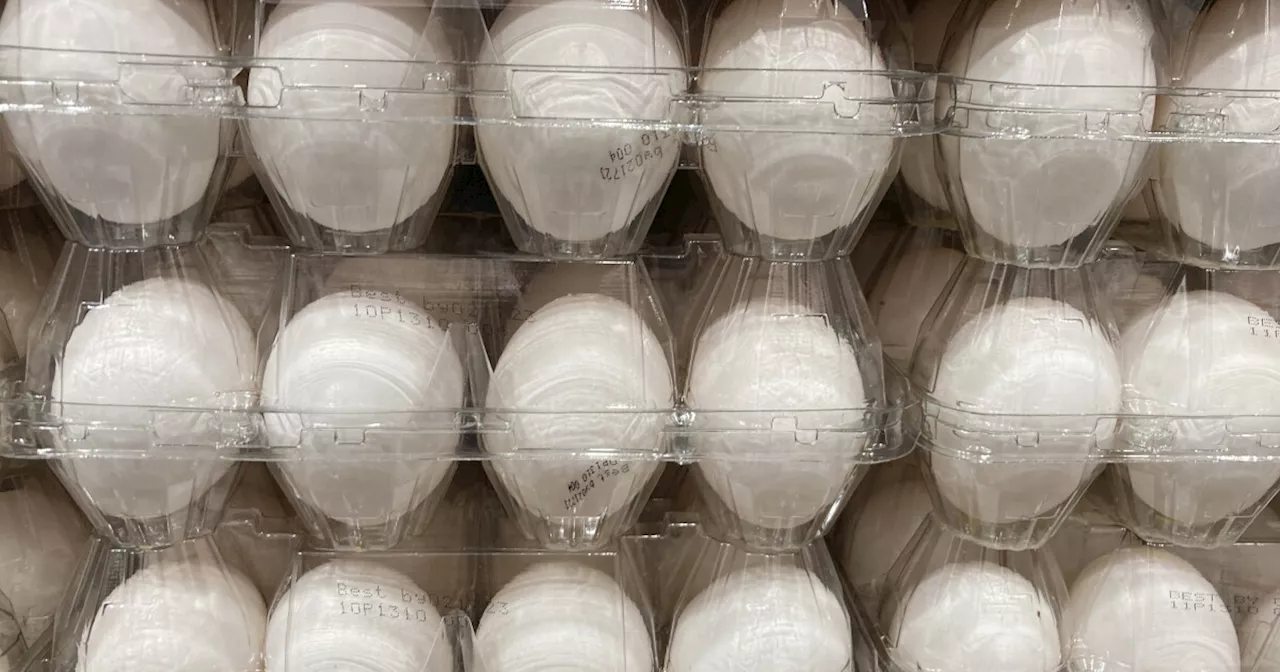This article provides a comprehensive guide to understanding the various terms and labels found on egg cartons, helping consumers make informed choices about the origin and welfare of their eggs. It covers size classifications, voluntary certifications like organic and free-range, and marketing terms, empowering readers to select eggs that align with their values and preferences.
Deciphering Egg Carton Vocabulary: A Guide to Picking the Perfect Dozen\Navigating the world of eggs can be a bit of a conundrum, especially with the ever-growing array of terms on egg cartons.
What exactly does 'free-range' mean? Is 'vegetarian-fed' truly beneficial for the hens and their eggs? Beyond the standard size designations of Medium, Large, Extra-Large, and Jumbo, egg labeling encompasses a wide range of factors, impacting both consumer choices and the welfare of the hens themselves. So, if you find yourself frozen in an egg-sistential crisis in the grocery aisle, this guide will help you decode the mysteries of egg dozens.\Firstly, understand the basic size classifications. A standard dozen eggs must weigh a minimum of 24 ounces, averaging 2 ounces each. These are the eggs you'll typically find in recipes. There's also the smaller size, weighing a minimum of 15 ounces per dozen, averaging 1.25 ounces each. Currently, the USDA doesn't set size standards for eggs from other birds like ducks, quail, or ostriches, though these varieties can be found in ethnic grocery stores or farmers' markets.\Moving beyond size, let's delve into the marketing terms. While terms like 'eggs' might seem self-explanatory, others hold more weight. 'Organic' eggs come from hens fed an organic, vegetarian diet free from antibiotics and pesticides. They must have access to the outdoors and live in uncaged barns, although the amount of time they spend outdoors is unregulated – a common industry issue. Labels like 'free-range' or 'free-roaming' suggest outdoor access for hens, but there's no guarantee they actually utilize it. 'Cage-free' is even more ambiguous, potentially offering outdoor access or not. It's important to note that chickens are naturally omnivores, foraging for insects, worms, fruits, vegetables, and even table scraps. Commercial feed provides balanced nutrition, but chickens also relish the opportunity to peck at grasses, plants, and bugs outdoors.
Eggcarton Organiceggs Freerangeeggs Cagefreeeggs Vegetarianfeed Eggcertification Animalwelfare Sustainablefood
United States Latest News, United States Headlines
Similar News:You can also read news stories similar to this one that we have collected from other news sources.
 Decoding Economic Terms for 2025A guide to five key economic terms you'll likely encounter in 2025 as new policies take effect.
Decoding Economic Terms for 2025A guide to five key economic terms you'll likely encounter in 2025 as new policies take effect.
Read more »
 Watch BigXThaPlug Explain Dallas Slang to Billboard MagazineThe North Texas hitmaker and Arlington native Catrise Johnson breaks down popular DFW lingo.
Watch BigXThaPlug Explain Dallas Slang to Billboard MagazineThe North Texas hitmaker and Arlington native Catrise Johnson breaks down popular DFW lingo.
Read more »
 Meta's 'nonregrettable attrition' and other weird lingo for job cutsBusiness Insider tells the global tech, finance, stock market, media, economy, lifestyle, real estate, AI and innovative stories you want to know.
Meta's 'nonregrettable attrition' and other weird lingo for job cutsBusiness Insider tells the global tech, finance, stock market, media, economy, lifestyle, real estate, AI and innovative stories you want to know.
Read more »
 US Egg Production Falls 4% in November Amid Rising Prices and Bird FluEgg production in the United States declined by 4% in November 2024, reaching 8.92 billion eggs, due to persistent high egg prices and the ongoing impact of bird flu. The USDA reported a 3% decrease in the number of egg-laying hens, contributing to the supply shortage. Experts predict that egg prices will remain elevated in 2025 unless the spread of bird flu is effectively controlled.
US Egg Production Falls 4% in November Amid Rising Prices and Bird FluEgg production in the United States declined by 4% in November 2024, reaching 8.92 billion eggs, due to persistent high egg prices and the ongoing impact of bird flu. The USDA reported a 3% decrease in the number of egg-laying hens, contributing to the supply shortage. Experts predict that egg prices will remain elevated in 2025 unless the spread of bird flu is effectively controlled.
Read more »
 Egg Prices Soar Again, Exceeding Previous PeaksWholesale egg prices have surged to surpass previous highs, driven by a decline in egg-laying hen populations due to bird flu outbreaks. The current wholesale price stands at $5.81 per dozen, exceeding the $5.29 peak seen two years ago. This latest price hike follows a market normalization after a 2022 peak, and consumers can expect to see further price increases in the coming weeks. The decline in egg supply is attributed to a reduction in the number of egg-laying hens across the country, with major decreases observed in western, south-central, Gulf, and east coast states.
Egg Prices Soar Again, Exceeding Previous PeaksWholesale egg prices have surged to surpass previous highs, driven by a decline in egg-laying hen populations due to bird flu outbreaks. The current wholesale price stands at $5.81 per dozen, exceeding the $5.29 peak seen two years ago. This latest price hike follows a market normalization after a 2022 peak, and consumers can expect to see further price increases in the coming weeks. The decline in egg supply is attributed to a reduction in the number of egg-laying hens across the country, with major decreases observed in western, south-central, Gulf, and east coast states.
Read more »
 Decoding School Data: What Parents Need to KnowThis LAist article explores the various data points parents should consider when choosing a school, from standardized test scores and student demographics to suspension rates. It emphasizes that while data can be helpful, there's no single metric to define a great school and parents should analyze all available information to make the best decision for their child.
Decoding School Data: What Parents Need to KnowThis LAist article explores the various data points parents should consider when choosing a school, from standardized test scores and student demographics to suspension rates. It emphasizes that while data can be helpful, there's no single metric to define a great school and parents should analyze all available information to make the best decision for their child.
Read more »
